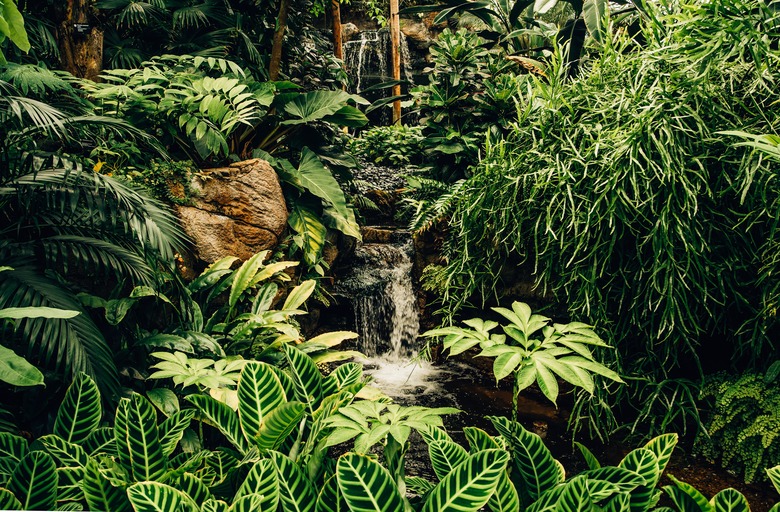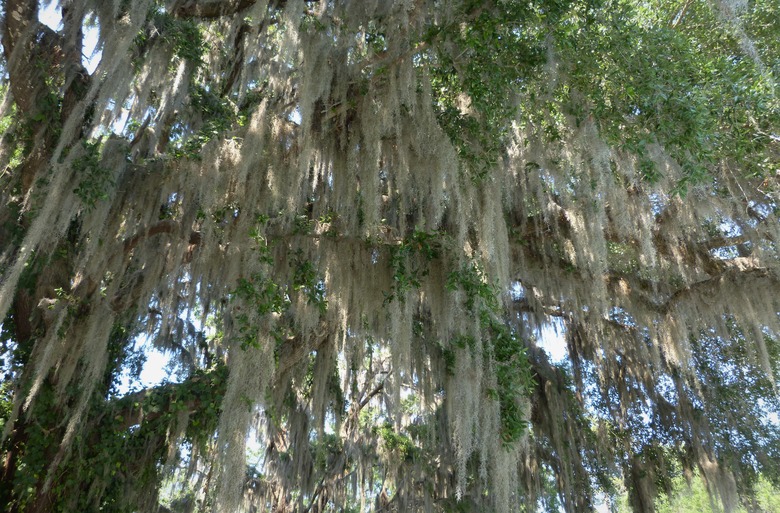7 Things A Plant Needs To Grow
Whether they are flowering plants in a window box or towering forest trees, all plants need certain things to survive and grow. To produce their own food, plants must have water, air and light. Plants also need room and time to grow, as well as nutrients and adequate temperatures.
What Do Plants Need?
Let's take a look at the seven basic needs of all plants.
1. Room to Grow
All plants, from the smallest to the largest, take up some space. Whether in the ground or in a container, plants need enough room for their roots and leaves to spread out.
Overcrowding often results in plants that grow poorly, as well as diseases.
2. Light
Plants are primary producers, which means they make their own food. The process by which plants make this food, a sugar known as glucose, is called photosynthesis. Light from the sun provides the energy for plants to perform photosynthesis, which takes place in the leaves.
The amount of light a plant needs varies greatly by species.
3. Water
All plants need water to varying degrees, but, as with light, how much water a plant needs depends on the climate in which it grows. Desert plants, for example, can survive with very little water.
Plants use water to make food via photosynthesis. Water also transports nutrients through the plant tissue and helps plant cells hold their shape, which allows many plants to stand upright. In addition, water evaporates through the leaves to help keep plants cool.
4. Air
One of the most important "ingredients" for photosynthesis is carbon dioxide, which plants absorb from the air. Therefore, air is a primary plant need.
5. Time
All plants need time to complete their life cycle, which involves germinating, growing and, in some plants, producing seed.
Some plants, known as annuals, are born and die within a single growing season. Biennials live for two years, while perennials live for three years or more.
6. Nutrients
All plants need certain nutrients to perform the processes that keep them alive, including nitrogen, potassium and phosphorus, the main ingredients in fertilizers.
Plants need other nutrients in smaller amounts. These are called micronutrients, and they include boron, zinc, manganese and iron.
7. Temperature
All plant species need a certain level of warmth to survive, though how much warmth depends on the species. For example, some plants can survive frost, while tropical plants can be killed by it.
As a general rule, the lower the temperature of a region, the fewer plants that can survive there. That's why there are many more plant species in the tropical rainforests than in the tundra.
Epiphytes vs. Terrestrial Plants
Many plants get the water and nutrients they need by extracting them from soil. However, not all plants need soil to grow.
A group of plants known as epiphytes usually attach to other plants, mainly trees, for support. However, these plants are not parasitic, meaning they do not extract water or nutrients from the tree.
Examples of epiphytic plants include Spanish moss (Tillandsia usneoides; zones 8 to 11) and the staghorn fern (Platycerium bifurcatum; zones 9 to 12).
References
- University of Illinois Extension: The Great Plant Escape
- West Virginia University Extension: How Plants Use Water
- University of Florida IFAS Extension: What Makes Plants Grow?
- Smithsonian Science Education Center: What is Photosynthesis
- West Virginia University Extension: How Plants Use Nutrients
- University of Florida IFAS Extension: Epiphytes
- Missouri Botanical Garden: Tillandsia usneoides
- Missouri Botanical Garden: Platycerium bifurcatum

